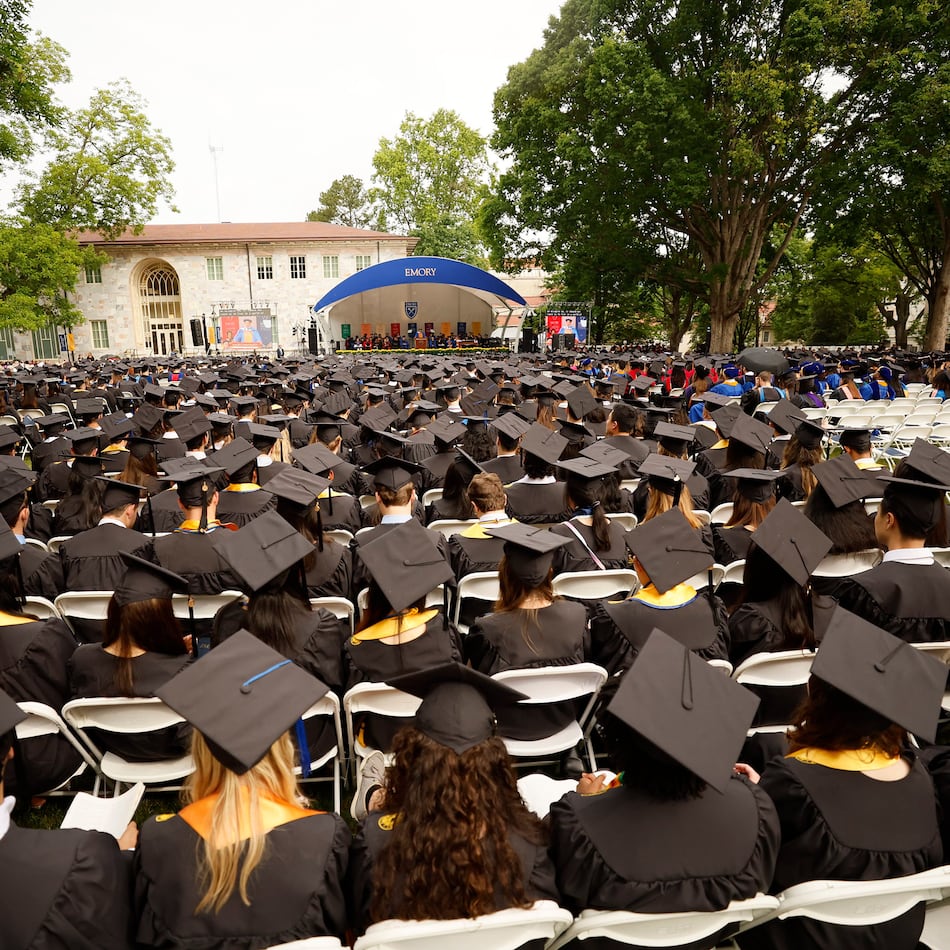When Matt O’Brien spent Christmas back in his hometown of Decatur, he kept receiving a steady stream of text messages, all from Las Vegas, where he’s lived the past 13 years, working as a journalist and short-story writer.
“Thanks, man, for getting us out of the tunnels,” read one. “Cold and rainy ... this week,” said another. “Can’t imagine being down there for the holidays.”
Many in his hometown remember O’Brien, who turned 40 last year, as the sharpshooting point guard for Decatur High, averaging nearly 19 points a game as a senior in 1987-88. Later he played college ball at Georgia State and West Georgia.
What he certainly never anticipated was that he’d become point person for Vegas’ 200 miles of underground flood channels, which at various times house a homeless population of up to 1,000 people.
“I really can’t find any other place in the world like Vegas, where so many people live underground,” O’Brien said during his recent return home.
In the past two years O’Brien has partnered with HELP of Southern Nevada, an organization specializing in chronic homelessness, to literally bring tunnel residents out of the dark. By now, O’Brien estimates, about 70 people have turned their lives around. Essentially this means they’ve found housing while getting treated for health issues, including various addictions, physical illness and mental disorders.
Eight years ago, when he and a colleague with the Las Vegas alternative weekly CityLife first stepped into a storm drain, he had no inkling about how deeply he’d wind up plunging into that world.
What began as a two-part series for CityLife turned into a 4½-year obsession for O’Brien, where he wound up documenting a population he suspects no one except a handful of police officers knew existed.
In 2007 he published the book “Beneath the Neon: Life and Death in the Tunnels of Las Vegas" (Huntington Press).
Once the book came out he figured he’d turn to other projects, which in fact he did. Last November he published “My Week at the Blue Angel” (also Huntington Press), a nonfiction collection.
But he also kept returning to the tunnels, sometimes for self-therapy, sometimes to give media tours and sometimes just to reconnect with people who’d become in his friends.
What happened, O’Brien said, was “the city [government] didn’t respond to [his first book] like I was hoping. You had this huge homeless population, many living directly under the fabulously wealthy Strip. So in March 2009 I contacted HELP. I’m not a social worker, but I know the tunnels, and they know how to work with the homeless.
O’Brien and HELP eventually formed a partnership called Shine-A-Light and now the program has a waiting list. But even if there’s no immediate housing available, there’s still plenty of work to be done, especially during the rainy season, usually July through September.
If the Las Vegas rain is mostly spare, when it does come it’s with a Noah-like vengeance. The tunnels, O’Brien said, can fill up a foot per minute, wiping out whole camps while delivering furniture and even bodies into Lake Meade or Hoover Dam
“It’s an unimaginable life down there,” O’Brien said, “but not as far from the mainstream as we might want to think. What I found down there was a bunch of smart, caring, interesting people, who somewhere along the way didn’t get a break or two. Otherwise, they really aren’t a whole lot different from me."
About the Author
The Latest
Featured
